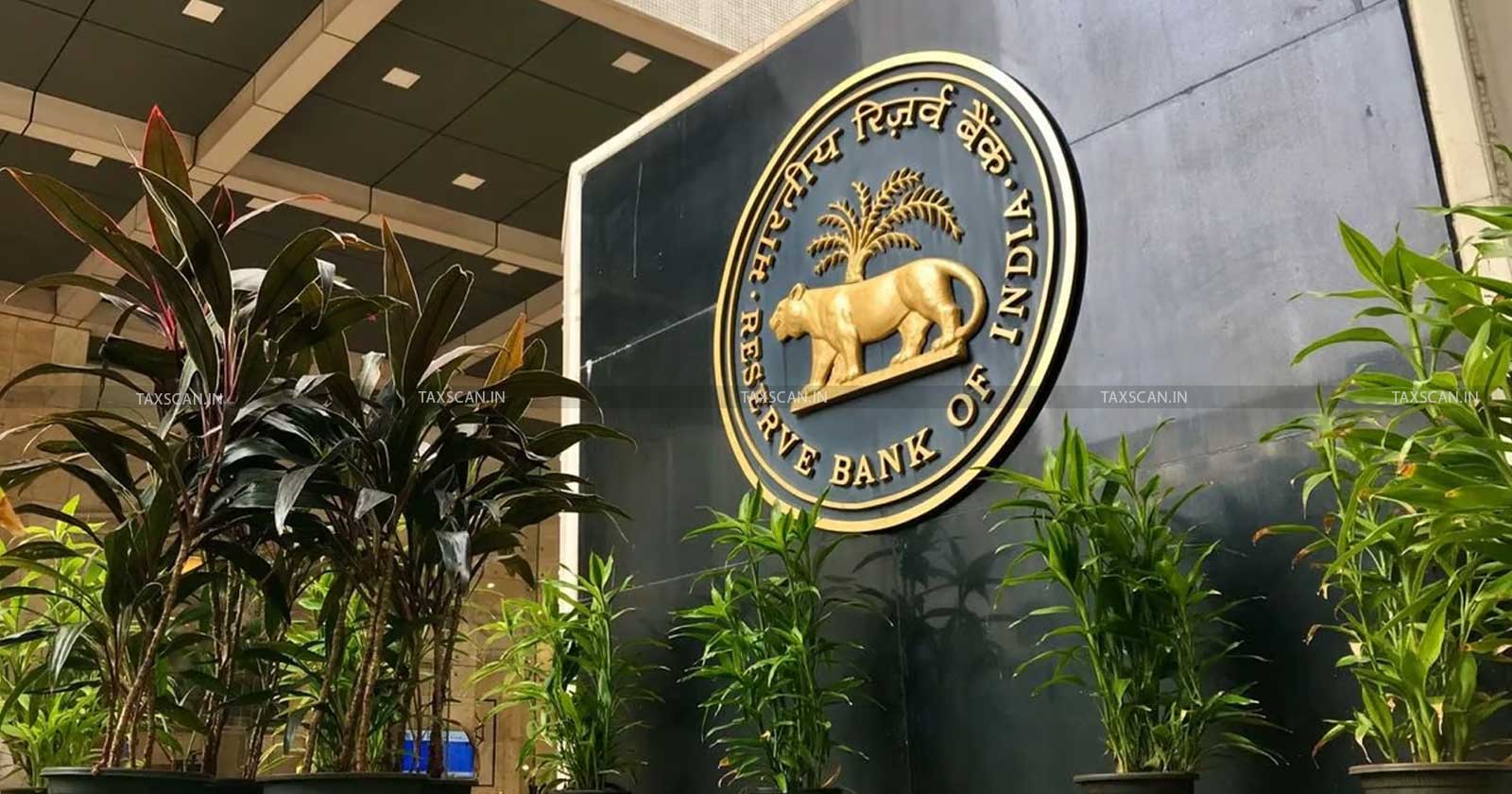RBI Revises ATM Withdrawal Charges Effective May 2025: Here’s What You Should Know
The RBI’s hike in ATM withdrawal charges to Rs. 23 from May 1, 2025, aims to balance rising operational costs with customer convenience while promoting digital payments

The Reserve Bank of India (RBI) has announced an important change in ATM withdrawal charges that will start from May 1, 2025. This update is meant for all bank customers across the country. The RBI shared this decision in an official notice on March 28, 2025. The main reason for this change is the increasing cost of running and maintaining ATMs in India.
Background and Rationale
The RBI's decision to increase ATM withdrawal charges arose from its commitment to sustaining the ATM infrastructure amid escalating operational expenses. According to Livemint, as of January 2025, India operates 2,16,706 ATMs, comprising 1,30,902 on-site and 85,804 off-site units.
Your go-to resource for understanding TDS & TCS amendments in the 2025 Finance Act, Click here
This revision aims to:
- Ensure financial viability for ATM services.
- Support smaller banks and white-label ATM operators, who are particularly dependent on interchange fees.
- Address rising costs related to maintenance, cash handling, and technological upgrades.
Read More: CBI Arrests Dy. Commissioner of Income Tax for Sabotaging Faceless Tax Assessment Scheme
Detailed Changes in ATM Charges and Limits
The main updates under the RBI’s revised ATM policy include:
- Effective Date: May 1, 2025.
- Previous Charge (for transactions beyond the free limit): Rs. 21 per transaction.
- New Charge (for transactions beyond the free limit): Rs. 23 per transaction.
- Free Transactions at Own Bank ATMs: 5 per month (including both financial and non-financial transactions).
- Free Transactions at Other Bank ATMs: 3 per month in metro centers and 5 per month in non-metro centers.
- Applicability: Applies to all savings account holders, across all commercial banks, cooperative banks, regional rural banks, authorized ATM operators, and white-label ATM operators.
- Non-financial transactions such as balance inquiries, PIN changes, and mini-statements are included within the free transaction count.
Your go-to resource for understanding TDS & TCS amendments in the 2025 Finance Act, Click here
Read More: No Reply to GST Notices on Portal? Send RPAD Reminders: Madras HC to GST Authorities [Read Order]
Impact on Key Stakeholders
1. Customers
- Frequent ATM users exceeding free transaction limits will face increased costs.
- Example: A customer in a metro city using another bank's ATM four times a month will now pay Rs. 23 for the fourth transaction, up from Rs. 21.
- Customers may need to reassess withdrawal habits, consolidating cash needs to avoid excess fees.
2. Banks and ATM Operators
- Smaller banks and white-label ATM operators stand to benefit from additional revenue.
- The current interchange fee (Rs. 17 for financial transactions, Rs. 6 for non-financial) might also undergo future adjustments, though no immediate changes have been announced.
- Helps offset expenses in servicing remote and low-traffic ATMs.
Your go-to resource for understanding TDS & TCS amendments in the 2025 Finance Act, Click here
3. Regulatory Scope
The circular applies uniformly across:
- Commercial banks
- Regional rural banks
- Cooperative banks
- Authorized ATM network operators
- Card payment networks
- White-label ATM operators
This ensures a standardized approach and fair playing field across India's banking landscape.
Read More: ICEGATE Releases User Manual for DGFT Re-Transmission of Shipping Bills
Encouraging Digital Adoption
The RBI's move aligns with the broader push toward digital banking and payments. Some banks, like SBI, have already revised ATM transaction rules (effective February 1, 2025, as reported by Angel One) to encourage digital channels. However, ATMs remain vital for many customers, especially in rural and semi-urban areas where:
- UPI and digital payment infrastructure may still be evolving.
- Physical cash remains the primary medium of transactions.
Tips for Customers to Avoid Extra Charges
- Prefer using own bank ATMs for withdrawals.
- Plan cash needs to stay within free transaction limits.
- Use digital wallets, UPI, or net banking for small payments.
- Monitor account statements regularly for transaction counts.
Comparative Analysis with Past Changes
The revision continues the RBI’s gradual approach toward cost adjustments:
- 2021: Increase from Rs. 20 to Rs. 21 per transaction.
- 2025: Further increase to Rs. 23 per transaction.
The free transaction allowances remain unchanged, providing a buffer for typical banking usage while allowing banks to manage operational costs effectively.
Read More: CBIC Simplifies Air Cargo Movement & Transhipment Procedures: Key Highlights Inside [Read Circular]
Potential Future Implications
- Increased digital adoption: Customers may shift further toward UPI and mobile banking to avoid fees.
- Continued ATM relevance: Despite digital trends, ATMs will remain essential, particularly in areas where financial inclusion through physical cash remains critical.
- Customer feedback monitoring: The RBI may review the policy based on usage patterns and public response post-implementation.
Conclusion
The Reserve Bank of India’s (RBI) decision to increase ATM withdrawal charges to Rs. 23 per transaction beyond the free limit, effective from May 1, 2025, is aimed at finding a balance between covering the rising costs of ATM operations and keeping the service affordable for customers. The increase may appear small, but it is likely to affect those who frequently withdraw cash and often exceed the free transaction limit.
As the banking system continues to move toward digital payments, this step reflects the RBI’s focus on promoting the use of digital banking methods like UPI and mobile banking. At the same time, it ensures that access to cash through ATMs remains available across the country, especially in areas where digital payment options are not fully developed. This approach supports both modern banking trends and the need for financial inclusion.
Support our journalism by subscribing to Taxscan premium. Follow us on Telegram for quick updates


